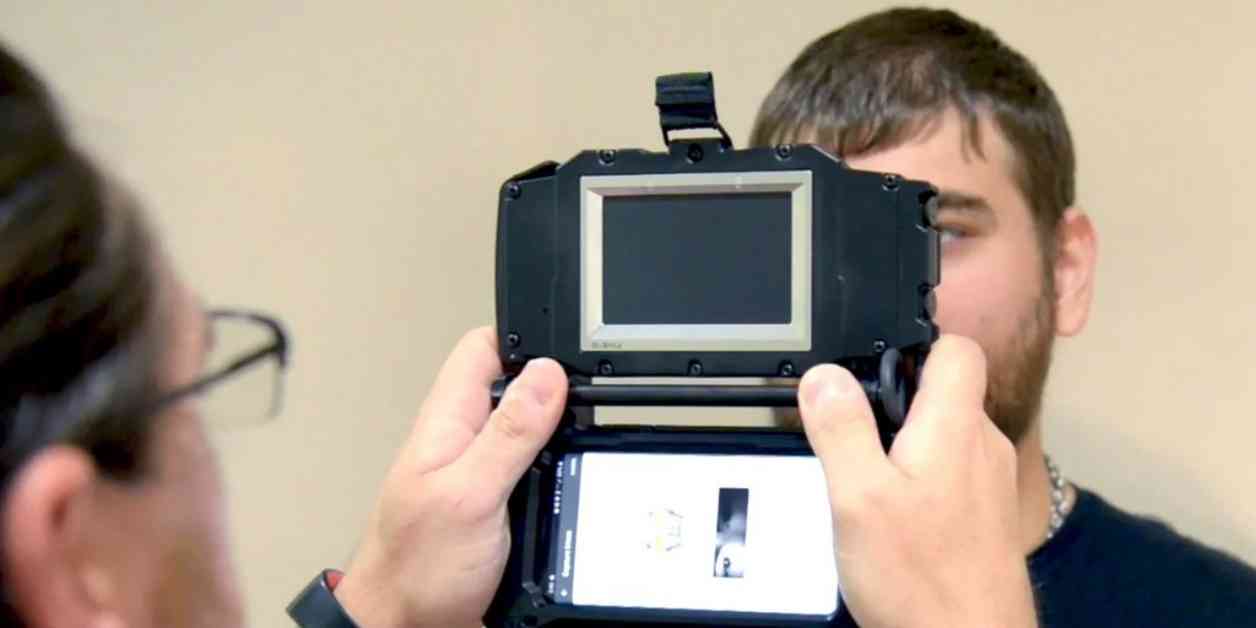The FBI, as it celebrates 100 years of success in its fingerprint lab, is looking ahead to the future with advancements in science and technology that are expanding law enforcement capabilities. In addition to fingerprints and facial recognition technology, the FBI has developed a new tool – iris scanning technology.
Iris scanning is fast, accurate, and reduces safety risks for officers dealing with potentially violent criminals. It has the potential to revolutionize identification accuracy, with the ability to scan irises from up to 3 feet away on a mobile device. The process takes only two seconds, and results can be obtained in as little as eight seconds.
Currently, there are only about 4 million irises on file compared to 162 million sets of fingerprints. However, iris scanning technology has proven to be effective in state jails and prisons, where it has prevented the erroneous release of inmates by identifying individuals who are not who they claim to be.
The technology can also reject readings from prosthetic eyes or cosmetic contact lenses to prevent false data from entering the database. Each eye has a unique iris with about 240 points of identification, making it a reliable method of identification that remains stable throughout a person’s life.
Despite the benefits of iris scanning technology, only a handful of states have adopted it due to factors such as cost and privacy concerns. The price of iris scanners ranges from $190 for a mobile unit to $1,300 for more powerful devices. Privacy advocates and critics may raise concerns about the collection and storage of biometric data, but the FBI is committed to protecting civil liberties while leveraging the new technology.
While iris scanning technology has the potential to become a mainstream tool for law enforcement, it may take time to overcome challenges such as privacy concerns and awareness. The FBI’s Next Generation Identification program, which includes iris scanning, represents the future of law enforcement technology and aims to provide officers with easy-to-use tools to enhance their effectiveness in the field.
In addition to iris scanning, the FBI’s Biometric Services Section has developed other tools such as mobile fingerprint scanners and palm printing technology to assist law enforcement agencies in solving crimes. These tools have been instrumental in identifying suspects and preventing criminals from evading capture.
Overall, the FBI’s commitment to innovation and the development of cutting-edge technology demonstrates its dedication to enhancing officer safety and improving law enforcement capabilities. As advancements in science and technology continue to evolve, the FBI remains at the forefront of forensic science, ensuring that law enforcement agencies have access to the tools they need to effectively combat crime and protect communities.



